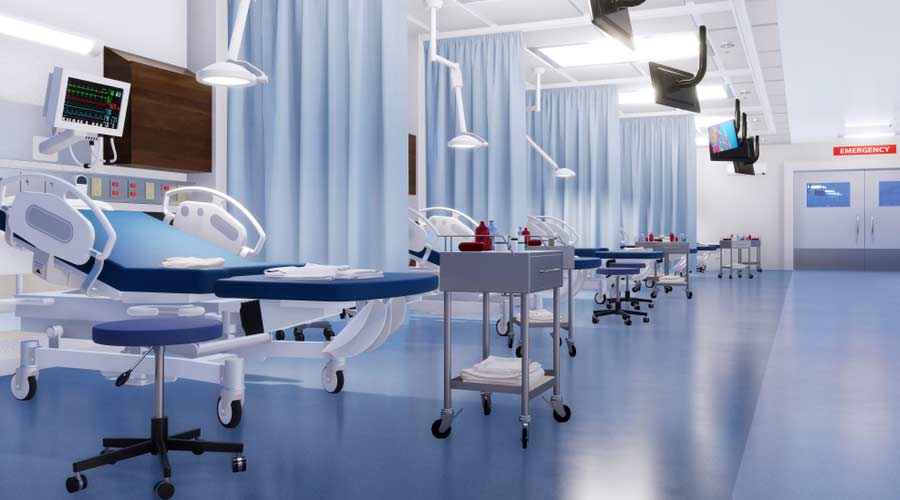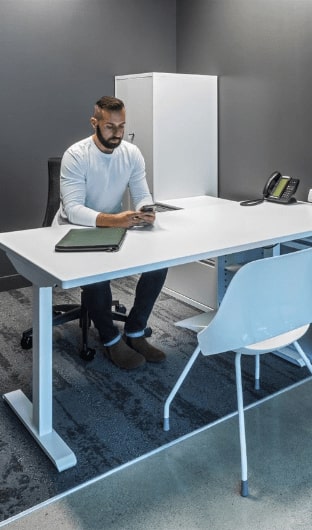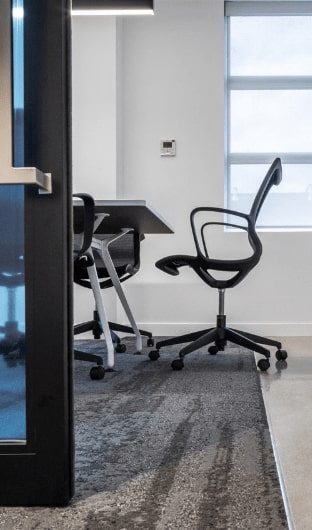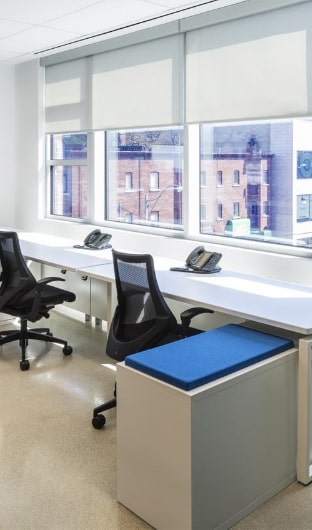
How Can You Design A Healthcare Space That Promotes Healing And Recovery?
In the world of healthcare, the design of a space goes beyond aesthetics; it encompasses a therapeutic dimension that can significantly influence patient recovery and well-being. The concept of healing environments, where every element contributes to the health and comfort of patients, is gaining prominence among healthcare professionals and designers alike. This article delves into strategies and principles along with the importance of the right healthcare furniture to help you design a healthcare space that promotes healing and wellness.
Importance Of Healthcare Furniture In Creating Healing Spaces
The selection of furniture in healthcare settings is a critical component in designing a healing environment. It’s not just about choosing pieces that are durable and easy to clean; it’s about integrating furniture that contributes to the overall well-being of patients. From ergonomically designed chairs that provide comfort during long waits to adjustable beds that accommodate the diverse needs of patients, the right furniture can make a significant difference in the patient experience. Additionally, the integration of nature-inspired designs and colours can mimic the soothing effects of the natural world, further enhancing the healing atmosphere. By prioritizing functionality, comfort, and aesthetics, healthcare administrators can ensure that every piece of furniture adds value to the healing journey of patients.
Understanding User Needs
Healing Needs
Patients have specific healing requirements that must be met for effective treatment. Customizing furniture to suit their individual needs is crucial. By creating a conducive environment with the right furniture and healthcare interior design, patients can heal faster.
Comfort Measures
Patient comfort should be the top priority when selecting healthcare furniture. Furniture should support proper posture and minimize discomfort. Features like cushioning and adjustable settings can significantly enhance patient comfort and promote healing.
Safety Post-Surgery
Ensuring furniture stability is essential to prevent accidents, especially post-surgery. Furniture should be easy to navigate for patients recovering from surgical procedures. Anti-slip surfaces and sturdy handles are crucial safety features to include in healthcare furniture.
Caregiver Support
Designing furniture that supports caregivers in providing optimal care is vital. Creating multifunctional furniture can assist caregivers in performing their tasks efficiently while ensuring wellness. It’s especially important to consider the comfort and well-being of caregivers, during long service hours. Choose ergonomic furniture such as standing desks and seats with cushions to provide comfort to caregivers during their long work hours.
Incorporating Biophilic Design
Including biophilic design in healthcare spaces can help patients relax and stay positive in an otherwise stressful environment. Plants introduce a calming vibe, while wood enhances the connection with nature indoors.
Personalized Sanctuaries
Furniture options should reflect individual preferences and offer comfort to patients. Customization of healthcare furniture ensures unique needs of patients with different needs are met effectively.
Multisensory Healing
Choosing to play soothing or relaxing sounds or having a fresh-smelling healthcare space can help patients calm down and remain stress-free in hospital settings.
Optimizing Lighting
Lighting plays a crucial role in enhancing the healing and recovery journey. Its impact extends to regulating circadian rhythms, improving sleep quality, influencing mood and alertness, and even altering pain perception. To elevate patient care in healthcare settings, it’s essential to fine-tune lighting by ensuring access to sufficient natural light, incorporating artificial lighting solutions, and offering the ability to adjust light intensity. It’s equally important to mitigate any potential negative effects by eliminating glare, flickering, and shadows that could lead to discomfort or distraction. Employing a variety of lighting types, including ambient, task, accent, and decorative lighting, allows for the creation of specific atmospheres and functionalities in distinct areas, further supporting the therapeutic environment.
Ensuring Comfort And Safety
Comfort Measures
Healthcare furniture plays a crucial role in creating a welcoming and comfortable space for patients. The design of furniture should prioritize ergonomics, ensuring that patients can relax and recover effectively. It’s essential to choose furniture that supports proper posture and reduces discomfort during extended periods of use.
To enhance comfort, healthcare facilities should invest in adjustable furniture that can cater to the diverse needs of patients. This flexibility allows individuals to customize their seating or resting positions for maximum comfort. Incorporating soft cushions and upholstery materials can contribute to a cozy and inviting atmosphere within the healthcare environment.
Safety Measures
When it comes to safety, healthcare furniture must prioritize accident prevention and infection control. Implementing safety features such as anti-slip materials and rounded edges can help reduce the risk of falls or injuries. Furniture should also adhere to stringent safety standards specific to healthcare settings, ensuring that it can withstand frequent use and cleaning protocols.
To further enhance safety, healthcare facilities should consider factors like stability and durability when selecting furniture pieces. Sturdy construction and robust materials are essential for maintaining a secure environment for both patients and staff members. By prioritizing safety in furniture design, healthcare facilities can create a secure and reliable space for all occupants.
Creating Positive Impressions
First Impressions
When visitors enter a healthcare facility, creating welcoming and aesthetically pleasing furniture arrangements is crucial. The layout and design should exude warmth and professionalism.The choice of furniture can set the tone for the entire visit. Therefore, it is essential to consider the impact of furniture on visitors’ initial perceptions to create a positive atmosphere from the moment they step in.
Reflecting Identity
Selecting furniture that aligns with the healthcare facility’s brand and values is key to reflecting identity. The furniture should not only be functional but also serve as a representation of the organization’s core values. Incorporate elements in healthcare design and furniture that reflect the identity and culture of the organization, such as brand colours, posters with organization values, and so on to create a cohesive healthcare environment.
Designing a healthcare space that promotes healing and recovery is a multifaceted challenge that requires attention to detail and a deep understanding of the needs of both patients and healthcare providers. The strategic selection of healthcare furniture plays a crucial role in this process, offering more than just utility. It has the power to transform a clinical setting into a restorative environment that supports healing in every aspect. As healthcare design continues to evolve, the focus on creating spaces that are conducive to recovery will remain paramount. By acknowledging the importance of furniture in these spaces, healthcare facilities can take a significant step towards offering a more holistic approach to patient care, where every element is designed with health and healing in mind. Connect with Harkel Office – a leading healthcare furniture dealer in Ontario to transform your healthcare space today.





